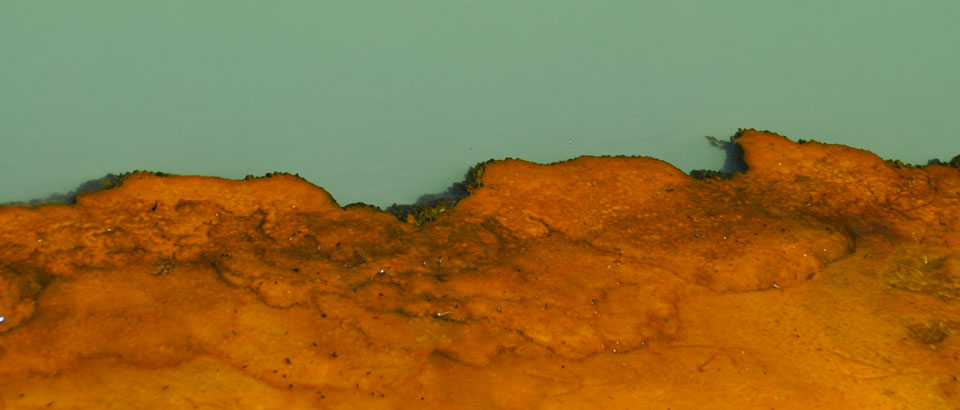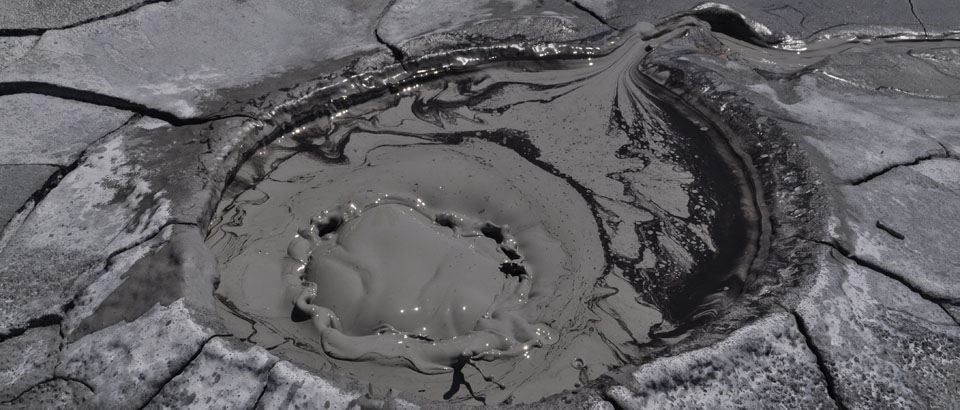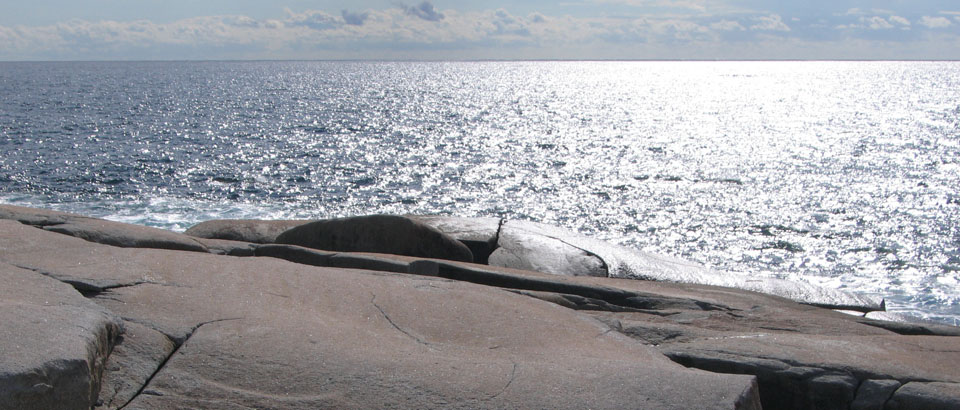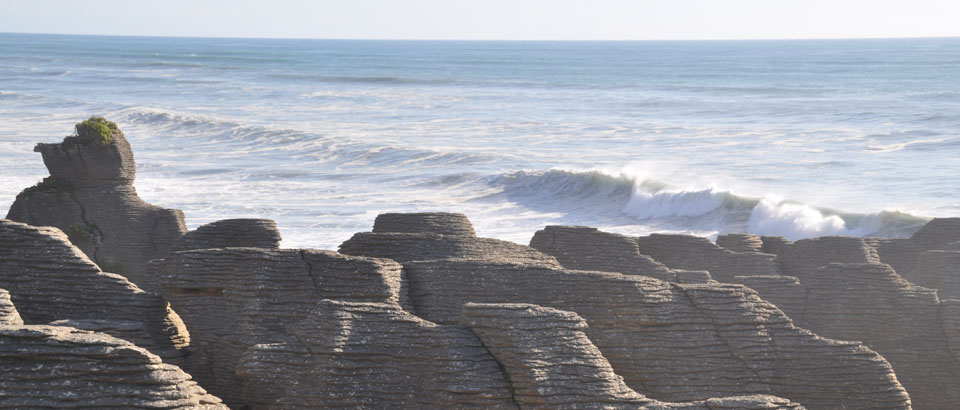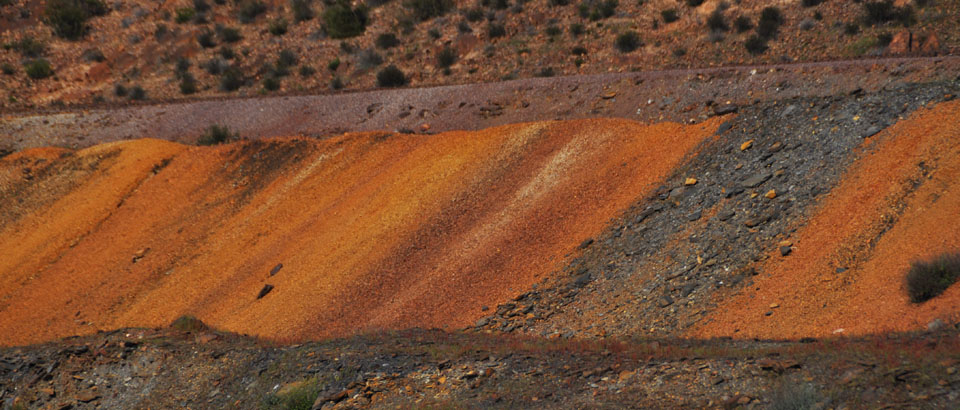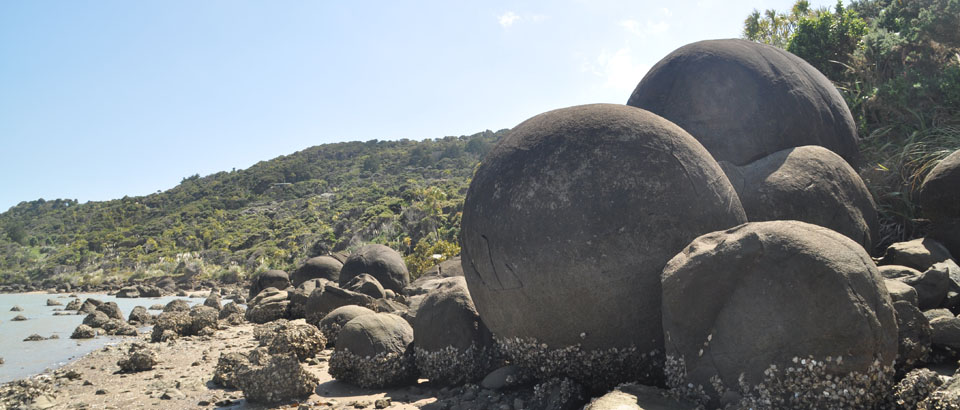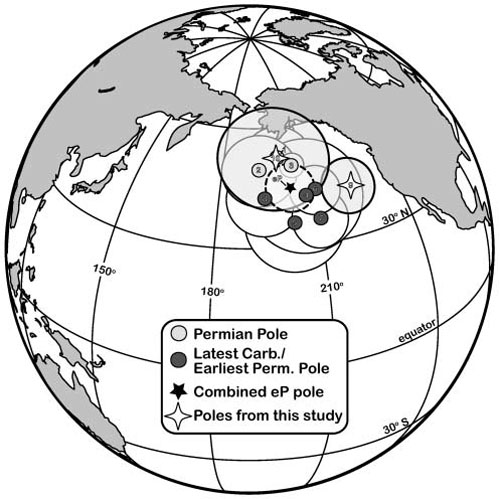New time constraints on lithospheric-scale oroclinal bending of the Ibero-Armorican Arc: a palaeomagnetic study of earliest Permian rocks from Iberia . A.B. Weil, G. Gutiérrez-Alonso, J. Conan. 2010, Journal of the Geological Society,167. 127-143. DESCARGAR-DOWNLOAD.
RESUMEN-ABSTRACT
The Palaeozoic Variscan orogeny was a large-scale collisional event that involved amalgamation of multiple continents and microcontinents. Previous palaeomagnetic and structural analyses of the western Variscan orogen, notably the Ibero-Armorican Arc, suggest that this region underwent oroclinal bending of an originally near-linear orogen during the latest stages of Variscan deformation in the late Palaeozoic. These analyses necessitate a two-stage tectonic history with east–west compression forming a linear belt in the Carboniferous, followed by a change in regional compression directions resulting in crustal block rotation and formation of the present-day arc. This study presents new palaeomagnetic analyses of Early Permian samples from the Sotres and Cabranes formations (41.38N, 222.58W, Æ95 ¼ 13.18) in the northern inner limb and the Viar Basin (51.88N, 199.28W, Æ95 ¼ 6.78) in the southern outer limb of the arc. Both locations yield expected Early Permian palaeomagnetic pole positions for stable Iberia, implying that measured magnetizations have undergone no significant vertical-axis rotation since acquisition, and thus were acquired subsequent to oroclinal bending. This new result places a time constraint of about 10 Ma for oroclinal bending of the Ibero- Armorican Arc, which agrees well with recent geodynamical models that relate oroclinal bending to lithospheric delamination in this region.


